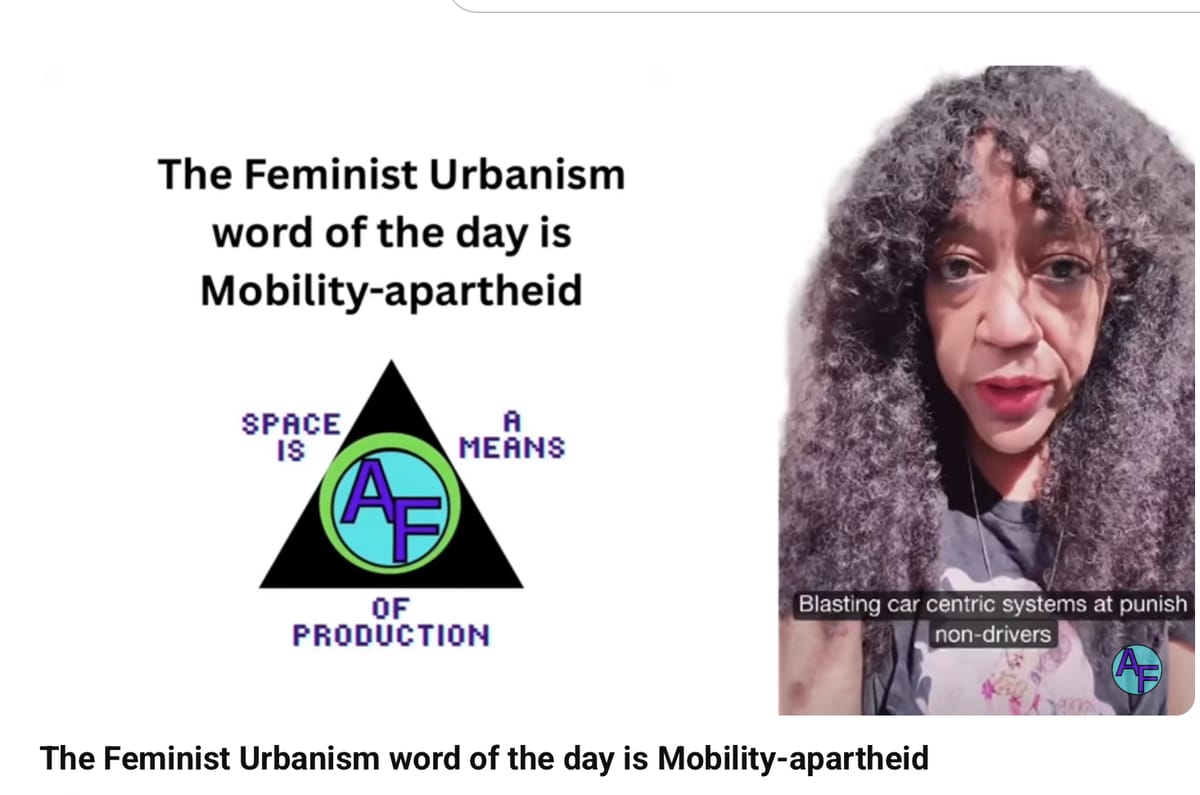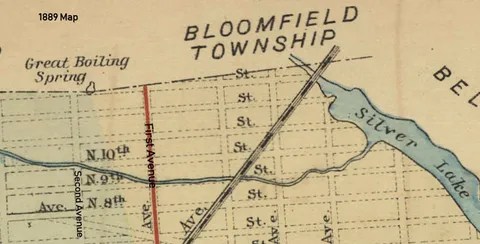In the 1980s, as East Orange and Newark became predominantly African American cities and NJ Transit withdrew heavy rail service from the area. The consequences of this decision continue to reverberate throughout the political economy of Essex County.
A video tour of stations dismantled by willful disinvestment, driven by racism and sexism
Information on the three stations:
Ampere Station
Ampere, originally known as The Crescent, is a “lost” stop on New Jersey Transit’s Montclair Branch (now the Montclair–Boonton Line) in East Orange. It served as the second stop west of Newark Broad Street Station until 1984, when nearby Roseville Avenue Station closed. Despite being added to the National Register of Historic Places in June 1984, the station was left to deteriorate. Its 1921 westbound shelter was demolished in 1986, rail service ended in 1991, and the entire structure was demolished by 1995. Apparently, NJ Transit feels the surrounding communities do not even deserve the respect of proper upkeep of the space.
Roseville Avenue Station
Located in Newark’s Roseville neighborhood (bordering East Orange) Roseville Avenue was a key transfer station on New Jersey Transit’s Morris & Essex Lines (including the Montclair Branch, Morristown Line, and Gladstone Branch). It featured two mainline tracks, low-wall platforms, and an additional platform for the Montclair Branch. The station facilitated connections for decades but was closed on September 16, 1984, allegedly owing to declining use.
Newark Broad Street Station (Central Railroad of New Jersey—not the Broad Street Light Rail)
Newark Broad Street, operated by the Central Railroad of New Jersey (CNJ), was a terminal station at the western end of its Newark and New York Branch. It was situated near Four Corners on Broad Street. The station lay approximately 2,500 feet west of Pennsylvania Railroad’s Newark Penn Station and one mile south of the Delaware, Lackawanna and Western Railroad’s similarly named Newark Broad Street station. It closed in 1967 under the Aldene Plan, which consolidated CNJ services into Penn Station. While most of the site was later redeveloped as the Prudential Center arena, the Broad Street head house (though roofless) contributes to the Four Corners Historic District.

References:
Wikipedia
NPS
Undoing DeFacto Discrimination in Public Transit
If you’re supporting our project, THANK YOU, if not please consider becoming a paying member. Urbanism done through a lens that is not market and development centric is rare and even more rare unaffiliated with a university and resources. We are 100% reader supported. Consider supporting us on a regular basis today.







